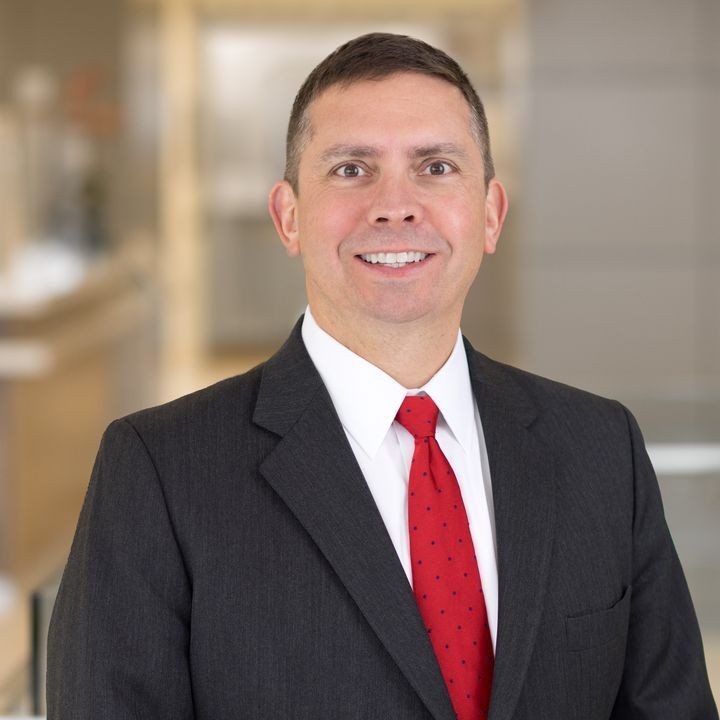CONNECT for Health Act: Bipartisan Bill Would Expand Telehealth and Remote Patient Monitoring
Client Alert | 3 min read | 02.09.16
The House and the Senate introduced a bipartisan bill that would lift the restrictions on the provision of telehealth and remote patient monitoring (RPM) services, with the goal of cost savings and improved quality of care. On Tuesday, February 2, 2016, Democrat and Republican lawmakers from both chambers introduced the Creating Opportunities Now for Necessary and Effective Care Technologies (CONNECT) for Health Act (S. 2484, H.R. 4442).1
Telehealth advocates have suggested that the bill would save the government $1.8 billion over ten years. Indeed, supporters of telehealth services argue that "virtual visits" may reduce costly hospitalizations, ultimately cutting health care spending through better access and feasibility. Those savings, however, have not been recognized by the Congressional Budget Office's (CBO) analysis of past telehealth bills. CBO reports that greater accessibility may result in more health care services and increased spending.
More than 50 organizations, including patient advocates, insurers, health care providers, and tech companies, are publicly supporting the proposed legislation. The sponsors emphasize that the bill has bipartisan appeal, and may garner enough support to pass this year. We believe this is a bill to watch this year.
Summary of Key Provisions in the Proposed Legislation
The proposed legislation expands the use of telehealth and RPM services in several ways:
- "Bridge" Demonstration Waivers: Under the new proposed demonstration program, certain health care professionals, including alternative payment participants, may apply to obtain a "bridge" waiver. Applicants must submit proposals detailing how they would use telehealth and/or RPM services to meet the guidelines under the Medicare Access and CHIP Reauthorization Act (MACRA), including the Merit-based Incentive Payment System (MIPS) requirements, which include quality, resource utilization, and clinical practice improvement. If the application for waiver is granted, the applicant is permitted to use telehealth and/or RPM services without the prohibitions in section 1834(m) of the Social Security Act, including:
- The originating site restrictions.
- Geographic limitations (subject to state licensing requirements).
- Use of store-and-forward technologies (currently available only in Alaska and Hawaii).
- Appropriate uses of RPMs (as defined).
- The type of health care provider who may furnish telehealth and RPM services.
To ensure compliance with the Act's prerequisites, the bill includes annual reporting requirements, and cooperation in randomly conducted audits. It also requires applicants to annually attest how they would use telehealth and/or RPM services to meet the MIPS requirements. Unless the Secretary expands the demonstration through rulemaking, the "bridge" waiver program automatically sunsets on December 31, 2019. The proposal requires the Secretary to provide a report to Congress in 2020 on the impact of the new demonstration programs on spending and the goals of MACRA.
- APM Participation in Telehealth and/or RPMs: Effective January 1, 2017, the Secretary may also issue waivers to alternative payment models (APM) participants to use telehealth and/or RPM services without section 1834(m) limitations that currently exist. Applicants would be required to submit data annually on utilization and expenditures for telehealth and/or RPM services, and data on the applicable quality measures under MACRA.
- Other Expansions of Telehealth and RPM Services: The bill expands coverage for RPM services for certain individuals with chronic health conditions and recent hospitalizations, and allows telehealth to be used to meet monthly clinician in-person visit requirement for certain home dialysis treatments, provided an in-person examination is done at least once every three consecutive months. The proposed legislation waives originating and geographic site restrictions for telestroke evaluation sites, and Native American health care facilities. It also authorizes FQHCs and rural health clinics to provide distant telehealth services.
- Telehealth and RPM Services for Medicare Part C: The bill authorizes Medicare Advantage Organizations (MAO) to elect to use telehealth and/or RPMs to satisfy basic coverage requirements without the prohibitions imposed by section 1834(m). The MAO must also make these services available in-person. The proposed legislation requires that the MAO collect and report data on telehealth and RPM services expenditure and utilization.
- Fraud and Abuse: The proposal clarifies that provision of telehealth and/or RPM technologies for furnishing these services is not "remuneration" and would not trigger fraud and abuse exposure.
1 Senators Brian Schatz (D-HI), Roger Wicker (R-MS), Thad Cochran (R-MS), Ben Cardin (D-MD), John Thune (R-SD), and Mark Warner (D-VA), and Representatives Diane Black (R-TN), Gregg Harper (R-MS), and Peter Welch (D-VT).
Insights
Client Alert | 10 min read | 07.03.25
The Orders represent FinCEN’s first actions using new special measures authority under the Fentanyl Sanctions Act and FEND Off Fentanyl Act of 2024 (codified at 21 U.S.C. § 2313a) (the “Fentanyl Act”) and continue the Trump Administration’s broader efforts against transnational cartels and narcotics trafficking.
Client Alert | 4 min read | 07.02.25
Client Alert | 4 min read | 07.02.25



